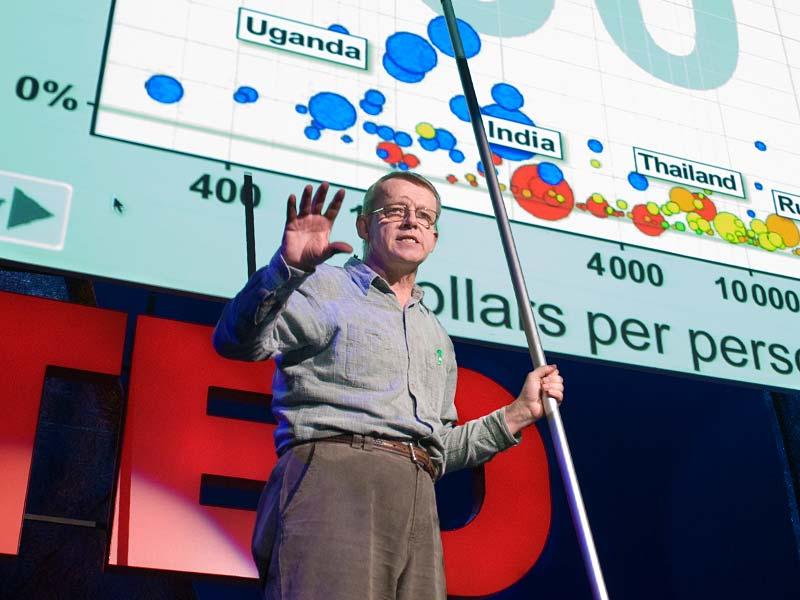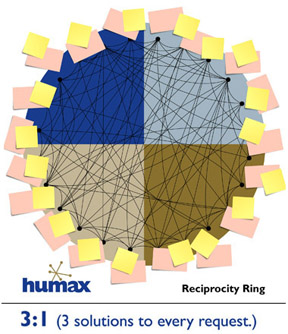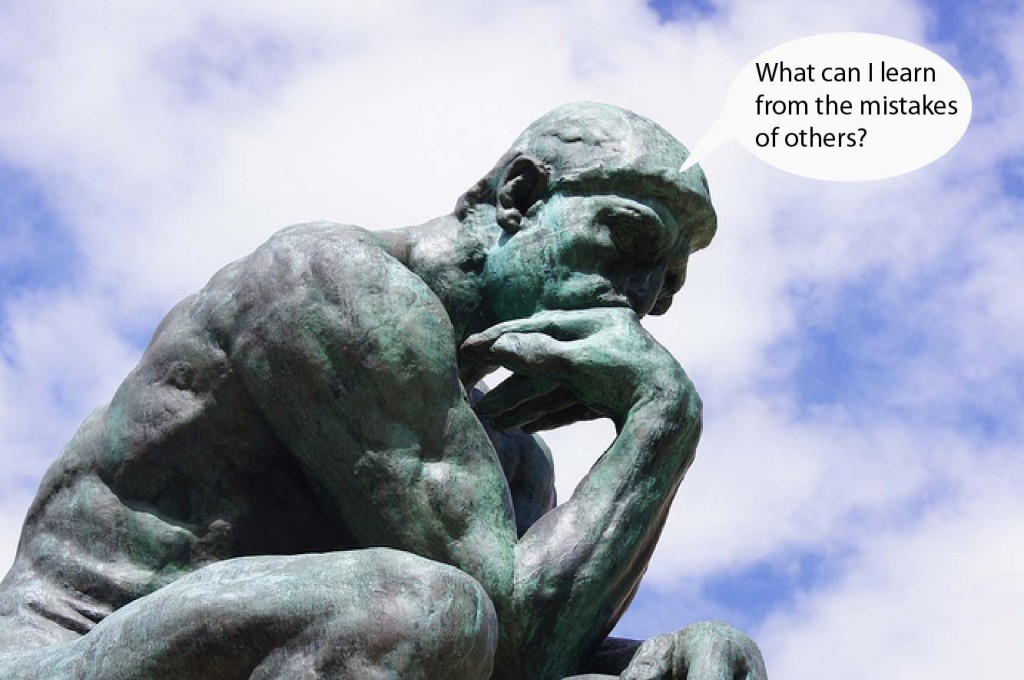What would you do with yourself if there were no problems to solve? How often do we make up problems to give us something to do?
—Calm App Reflection
Imagine you are a business owner or executive working 80+ hours a week.
What if you are a homemaker or caregiver putting in just as many or more hours?
What would happen if you were given a golden ticket which suddenly takes all of the responsibilities and other burdens off your shoulders? What might you do with your own mini-sabbatical?
Consider the following activities and the problems you might create:
- Planning and going on a two-week cruise or vacation
- Setting up tee times and playing unlimited rounds of golf for a week
- Planning and checking off 2 or 3 bucket list activities
- Visiting family and friends in multiple states you haven’t seen in years
- Make up a one- or two-week adventure of your own
EXERCISE:
How did it feel to contemplate those scenarios?
What would it be like to increase the problems of your choosing?
How important is problem-solving for you to feel engaged, purposeful and alive?








